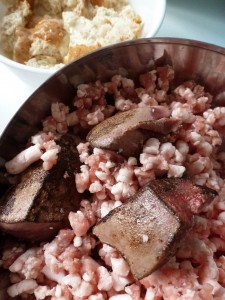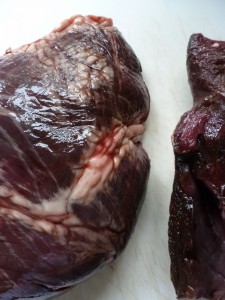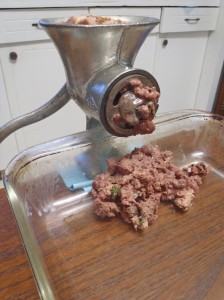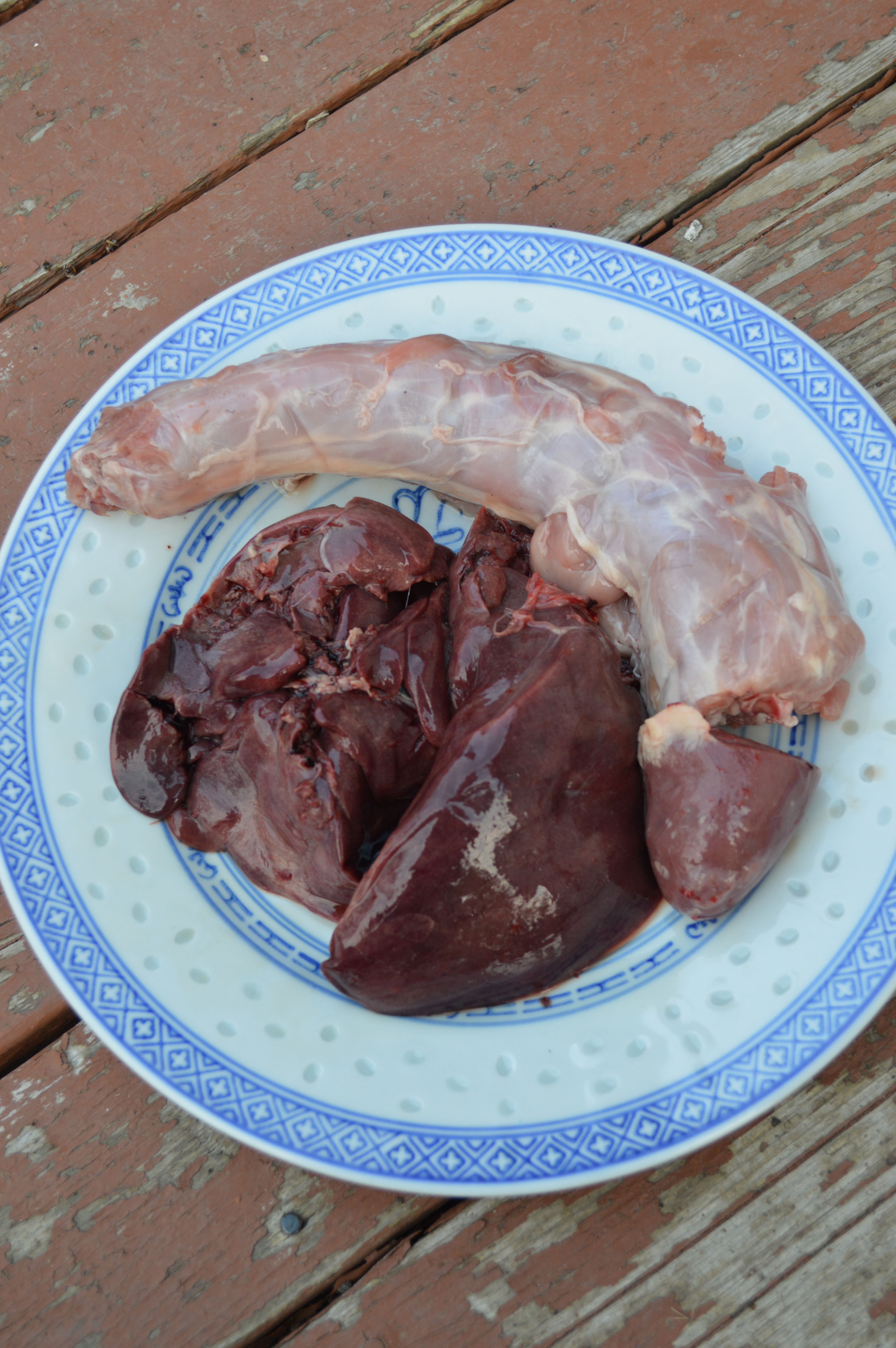“What the hell is pâté?”
Pâté is fancy French meatloaf: it’s ground meat, bound with dairy, eggs, and bread. The only difference is that pâté usually contains some liver, and it’s usually eaten cold. If it’s baked in a special ceramic dish, it can be called a terrine.
Within that definition, there is a spectrum of pâtés that runs from rustic to refined. The two qualities that decide a pâté’s place on the spectrum are texture and ingredients. Rustic pâtés are coarser in texture and made with cheaper, heartier ingredients, like liver. They are often described by words like campagne (“country”), grandmère (“grandma”), and maison (“house”). Refined pâtés have a finer, creamier texture and feature meat more prominently than liver. … Continue reading.





